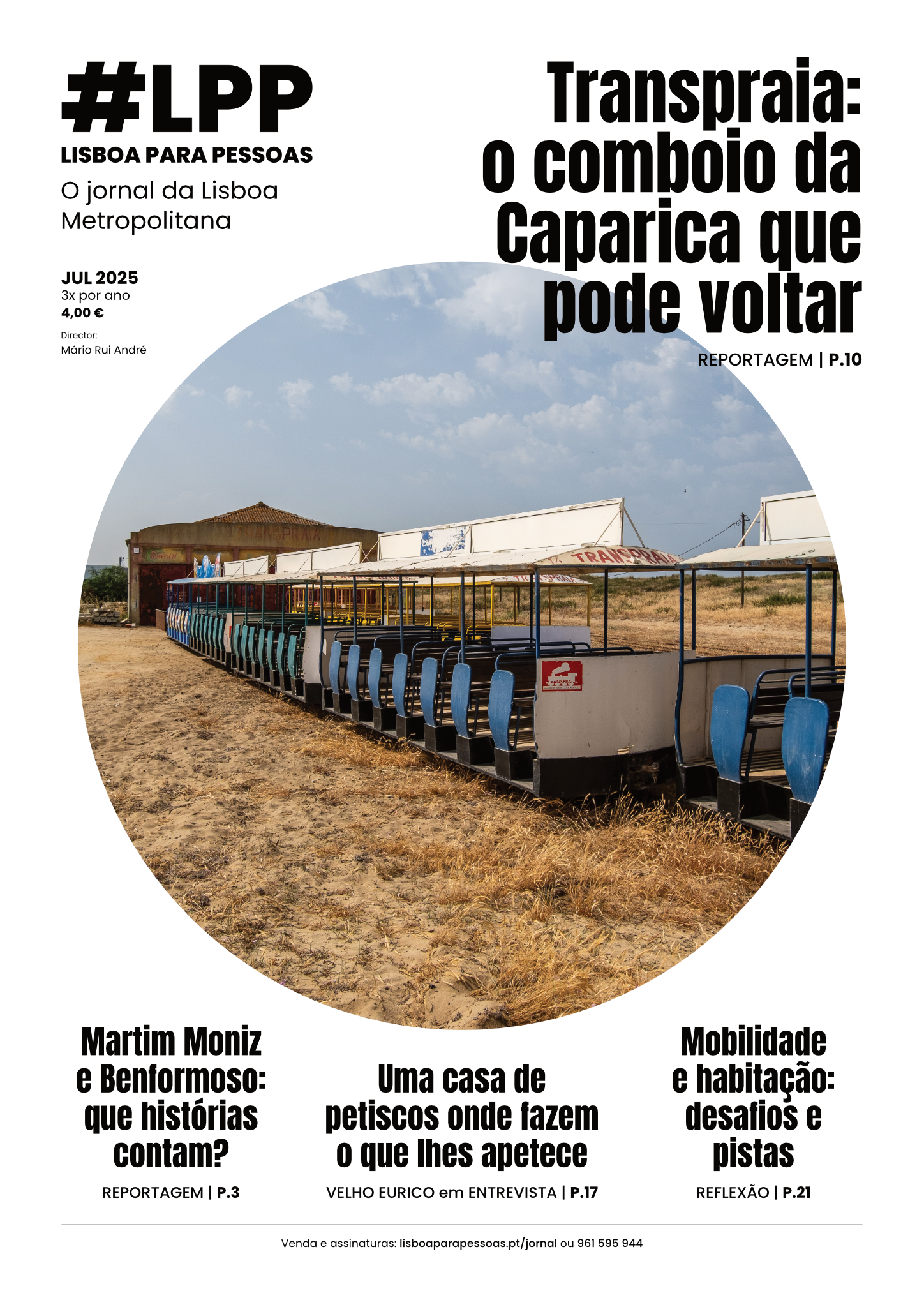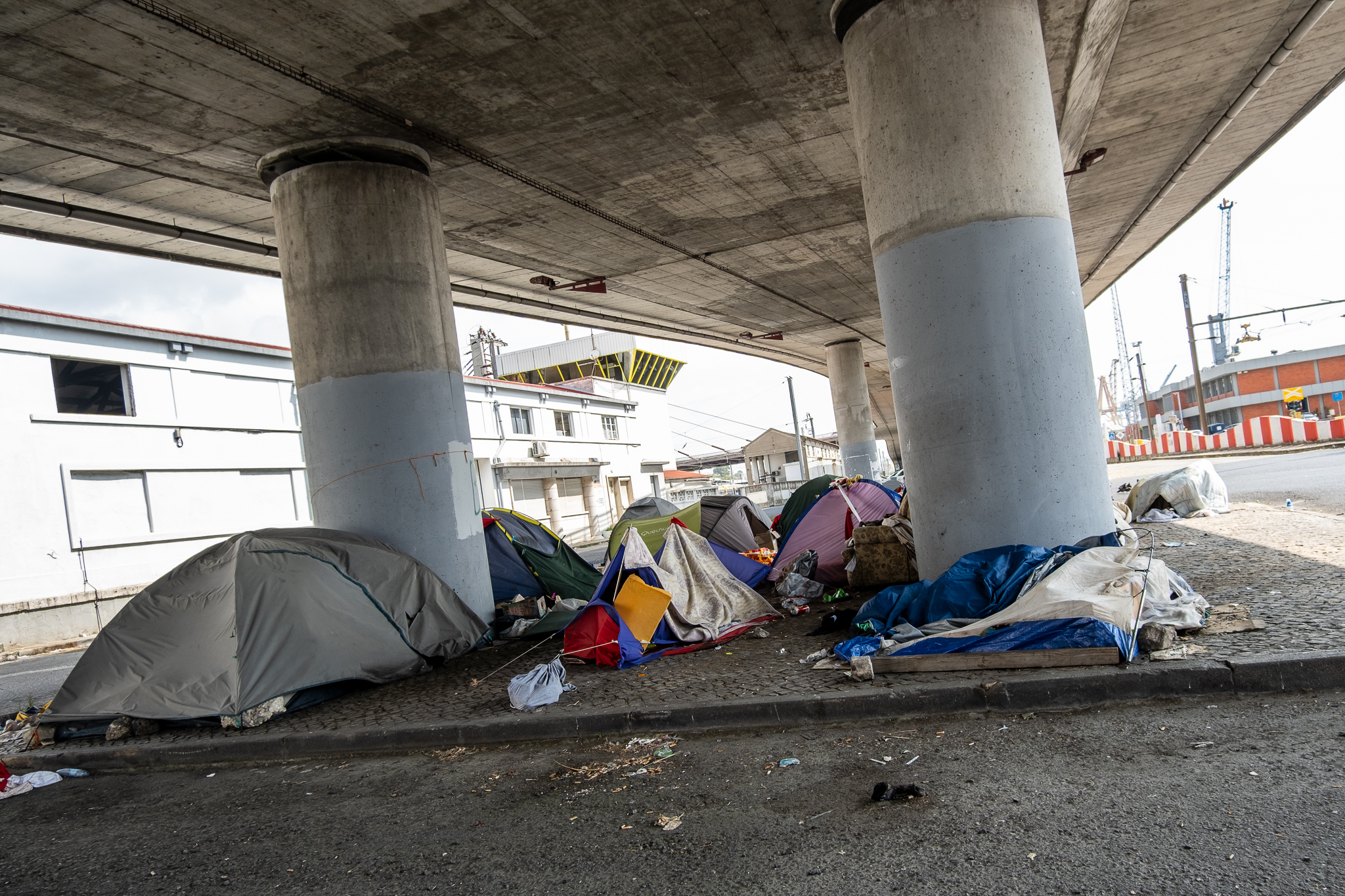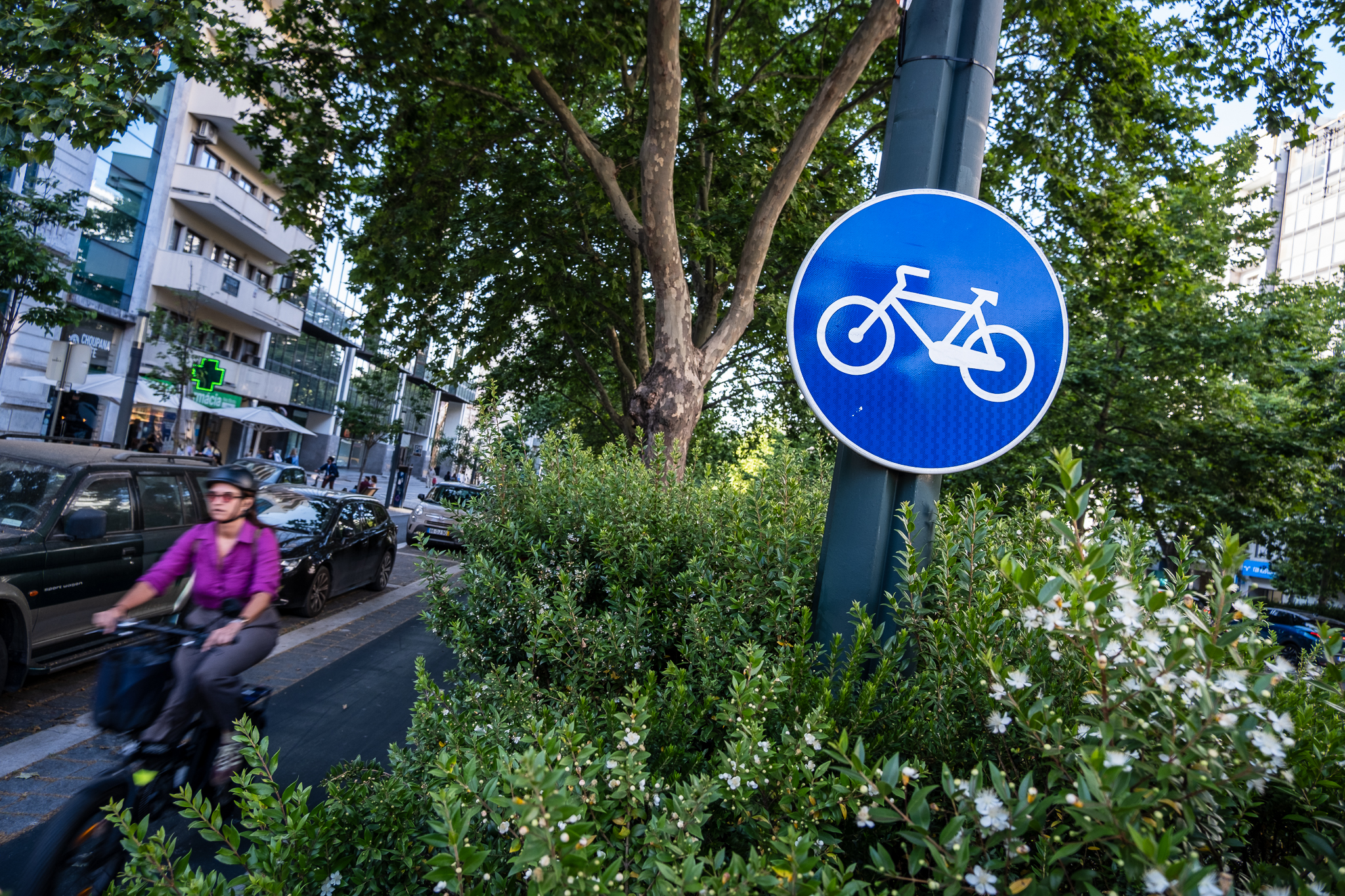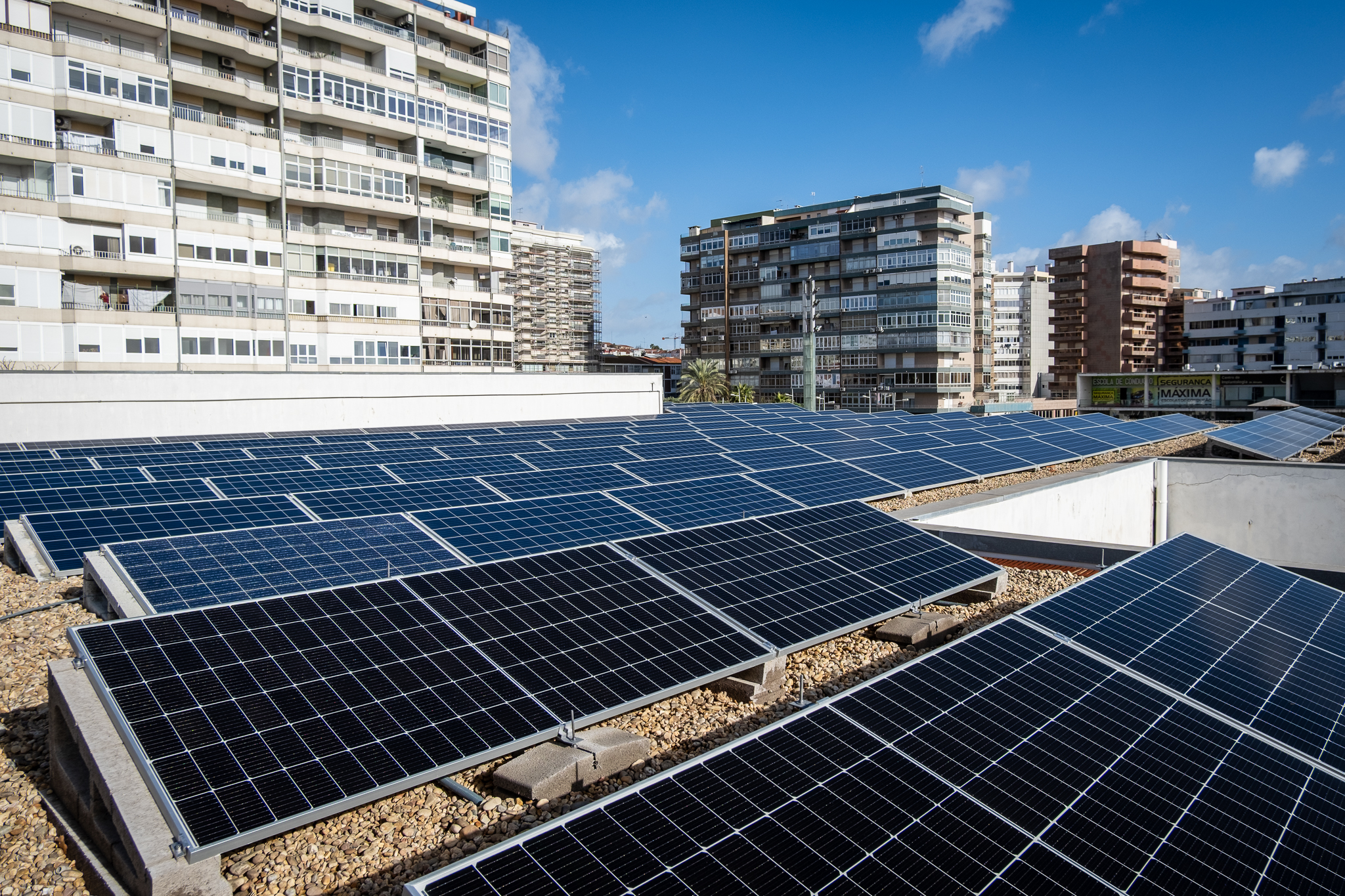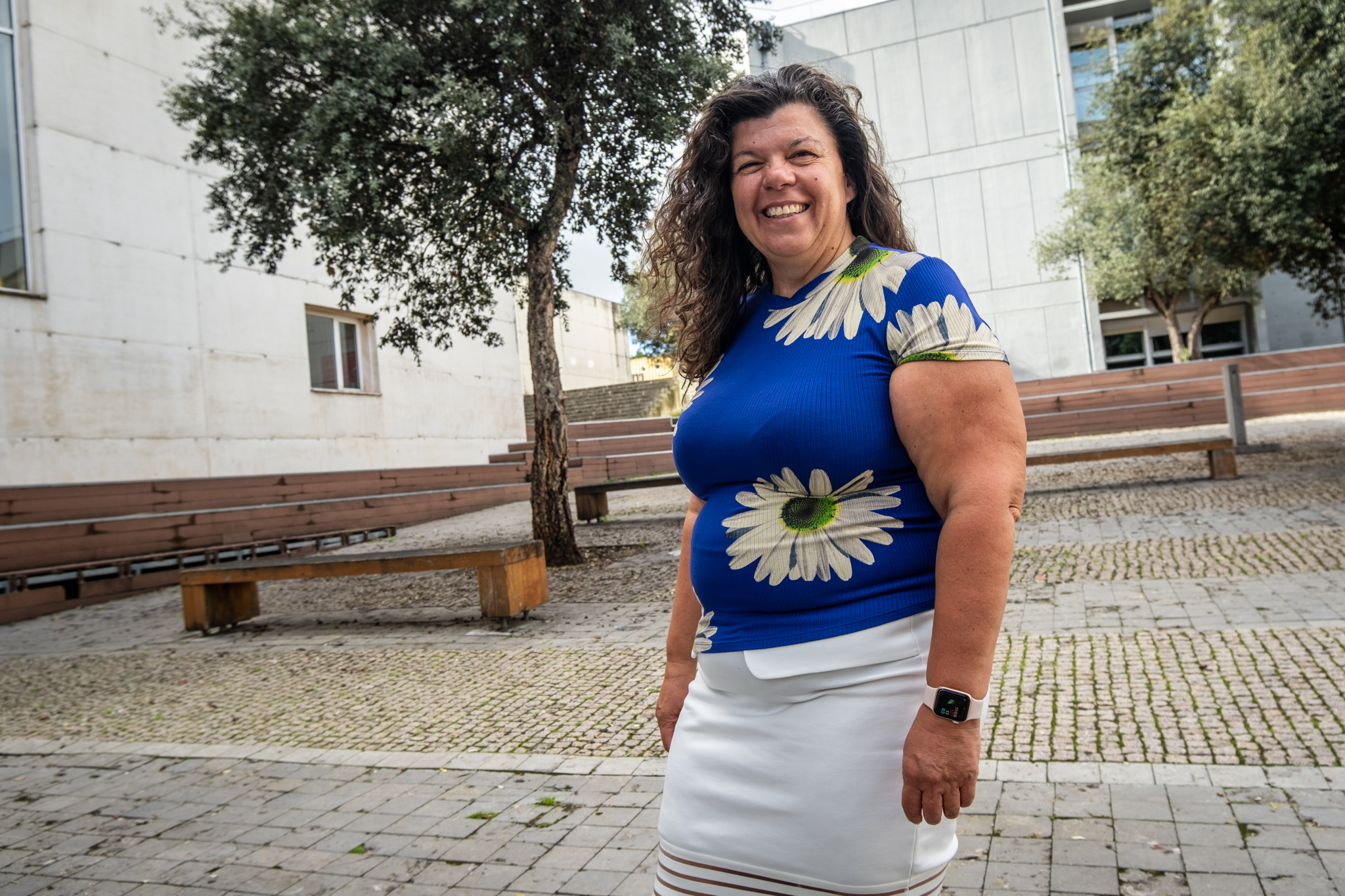Councilwoman Filipa Roseta remembers that Lisbon's Drainage Plan "is not only about tunnels" and that "everything else is missing", that is, to rehabilitate a drainage system that is "very, very degraded", as the collapsed collectors in Rua da Prata - and not only that - have indicated.

In December, the heavy rains that fell over Lisbon led to the closure of Rua da Prata. The collapse of a section of sidewalk uncovered a larger problem that could no longer be delayed: the drainage collector that crosses that street, carrying rainwater for treatment and subsequent discharge into the Tagus, broke, forcing Lisbon City Hall to launch an urgent repair job.
Rua da Prata was immediately closed to traffic and will remain so during the months that the repair work will take. The cut of that artery, which assumes a preponderant role in the road network of the Pombaline downtown area, happened right after the subsidence, on December 16th, a Friday. On the following Monday, the 19th, the works started.
The actual duration of the intervention is not known. The merchants will have been informed that it would last three to five months. But the municipality indicated in December that the deadlines would depend on the "from the occurrence of more precipitation [that didn't happen with the same intensity] and the actual extent of the damage, which can only be estimated more accurately when demolition and excavation work begins on the damaged section". Carris diverted the buses and streetcars that passed by Rua da Prata for two months.

What is certain is that cars have not passed on Silver Street since mid-December. Traffic remains open for pedestrians and for soft mobility, such as bicyclesThere are no restrictions either (but there is a section of the street where the whole road is blocked off, so you have to go along the sidewalk with your vehicle by the hand).
In the first plenary session of the Municipal Assembly, which took place on January 10, the Councilwoman for Housing and Municipal Works spoke only of "months" of work. Filipa Roseta said that "our [drainage] system is very, very degraded" and that "needs a lot of rehabilitation" . "The Lisbon General Drainage Plan is not just the two tunnels. The Lisbon Drainage Plan is 250 million dollars worth of work. The two tunnels are only 130 million. Everything else is missing. I will emphasize this: everything else is missing.explained the councilwoman of Carlos Moedas' executive. "We have 8 million works done from 2015 to today."
In this "everything else", Roseta includes the rehabilitation of the Baixa Pombalina collectors and other infrastructure of the city's drainage system - they are "1600 km of collectors, spanning four centuries. The oldest predates the Pombaline period".said the councilwoman in charge. Presented in 2015, the Lisbon General Drainage Plan 2016-2030 made a diagnosis of the city's system and presented lines of action, among them the construction of two tunnels for rapid discharge into the river of rainwater collected from the upper parts of the city (thus avoiding its accumulation in the lower parts of the city), two large retention basins, the connection of existing basins to the system, and the rehabilitation of several collectors. "In 2015, when these works were indexed, there was already, for example, the need to redo the collector of Avenida Infante Dom Henrique that collapsed in the floods, as there was also already the need to rehabilitate the collectors of Baixa Pombalina"said Filipa Roseta.
The responsible councilor said that "there is a reason why [these works] have not been done: they are very demanding, very complex works that require enormous patience from our citizens. Every time a sewer is changed, or one collapses, the road [that is above it] has to be closed for months, which is what is going to happen in Rua da Prata". It is not by chance that Lisbon City Hall has been communicating the Lisbon General Drainage Plan as the "invisible work that prepares the city for the future". It is necessary to prepare Lisbon but also the population. "We have to ask for patience from our citizens because these are difficult works that we have to do"Rosetta repeated. E "it's not just the tunnels"he stressed to the municipal deputies, whom he asked to read the Plan in its entirety. "I'm stressing this because it seems like we're putting the focus only on the two tunnels, but we have to do all the other ones as well."
On Silver Street, "the pombaline collector that was there since the 18th century has to be redone". The work was awarded directly to Tecnovia in record time, because it was an intervention of "imperative urgency", in the light of the Public Contracts Code. Silver Street was the most mediatized abatement - because it had already happened in October, with the traffic cut off for a week - but it was not the only one to happen recently in the city's drainage system. On Avenida Infante D. Henrique, a collector collapsed at the end of December and the repair should take two months, until the end of February/beginning of March.

Free wants to take advantage of construction work to provide better public space for people
At this year's first meeting of the Chamber's executive as well, which took place on January 11, the The Free party suggested that the municipality take advantage of the emergency works it has been carrying out due to the floods to offer people a better public space. In the case of Silver Street, the party proposes that, after the intervention, the artery should remain closed to cars, with pedestrian circulation only, streetcar 15 and a bicycle path. That is, Livre wants that in Silver Street the ABC ZER project is implemented with the addition of a segregated, bidirectional bicycle lane.

In the presentation made to the executive, the Free Councilman Carlos Teixeira, replacing Rui Tavares, showed recent photographs of Rua da Prata being taken over by people, walking or moving in other soft modes, once it was cut off to traffic. The party presented a proposal for Rua da Prata that includes a bidirectional bike lane, something that was not foreseen under the ZER ABC (which provided for such a bike lane on Rua do Ouro).
Already in Campo Grandewhere there was a sidewalk subsidence that is still unresolved, near the road tunnel and the intersection with Avenida do BrasilFree wants improve pedestrian and cycling accessibilityThe party also proposes to cut one of the four road lanes to three, to make the pedestrian crossing narrower and thus safer. The party also proposes to cut one of the four road lanes to three, to make the pedestrian crossing narrower and thus safer.

Livre also picked up on the recent cutting of two lanes on the Duarte Pacheco Viaduct for flood repairs, claiming that this suppression of two lanes (one in each direction) did not worsen the automobile traffic in one of the main entrances and exits of the city of Lisbon. The party says that there are 16 bus lines using that Viaduct, among six of Carris and 10 of Carris Metropolitana, and asks for the introduction of BUS lanes in that area, opening the way for the extension of those lanes through A5. According to Livre, these two BUS lanes, one per direction, would help to get more cars out of Lisbon and bring more people from the periphery on public transport than the free pass, which only serves some sections of the population residing in this municipality.

The Free Party presented these ideas in the open discussion period of the municipal executive meeting, and did not formalize any proposal for a vote.
